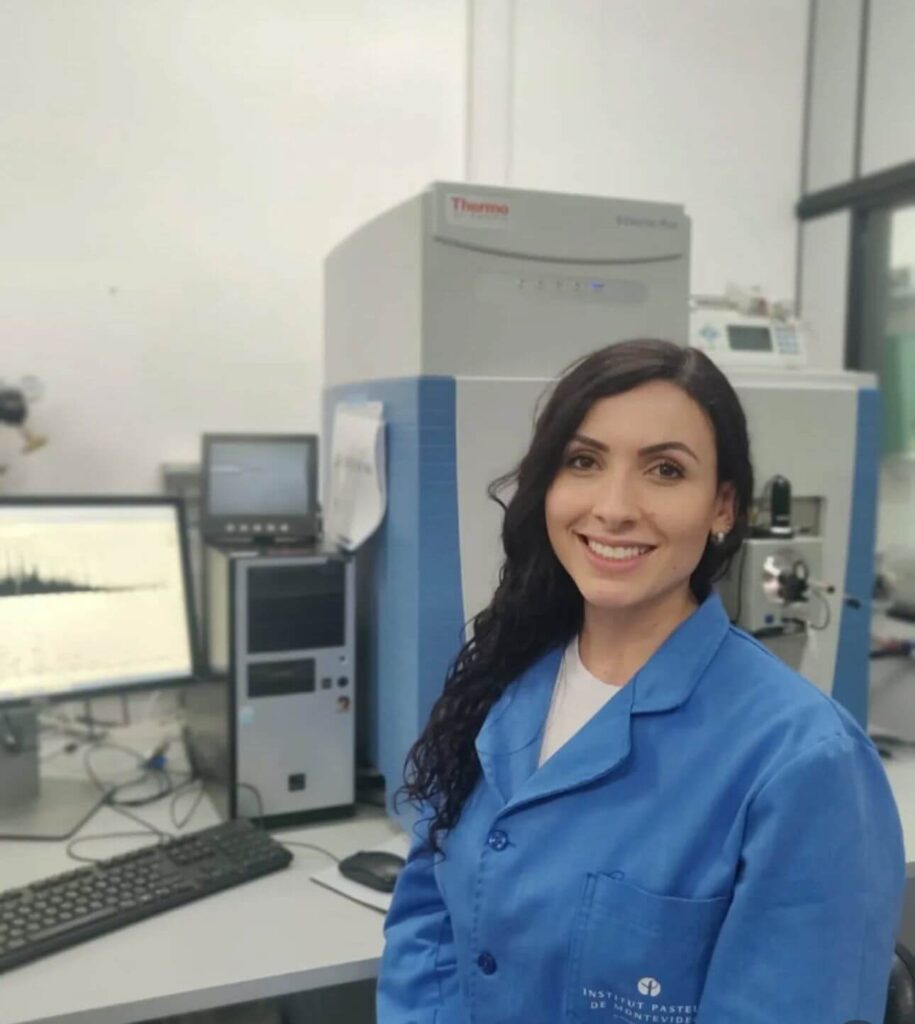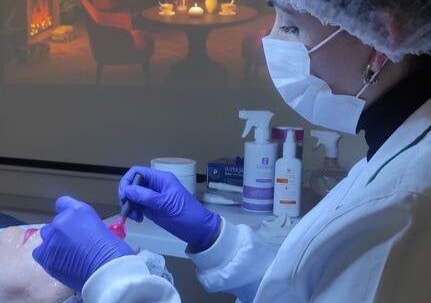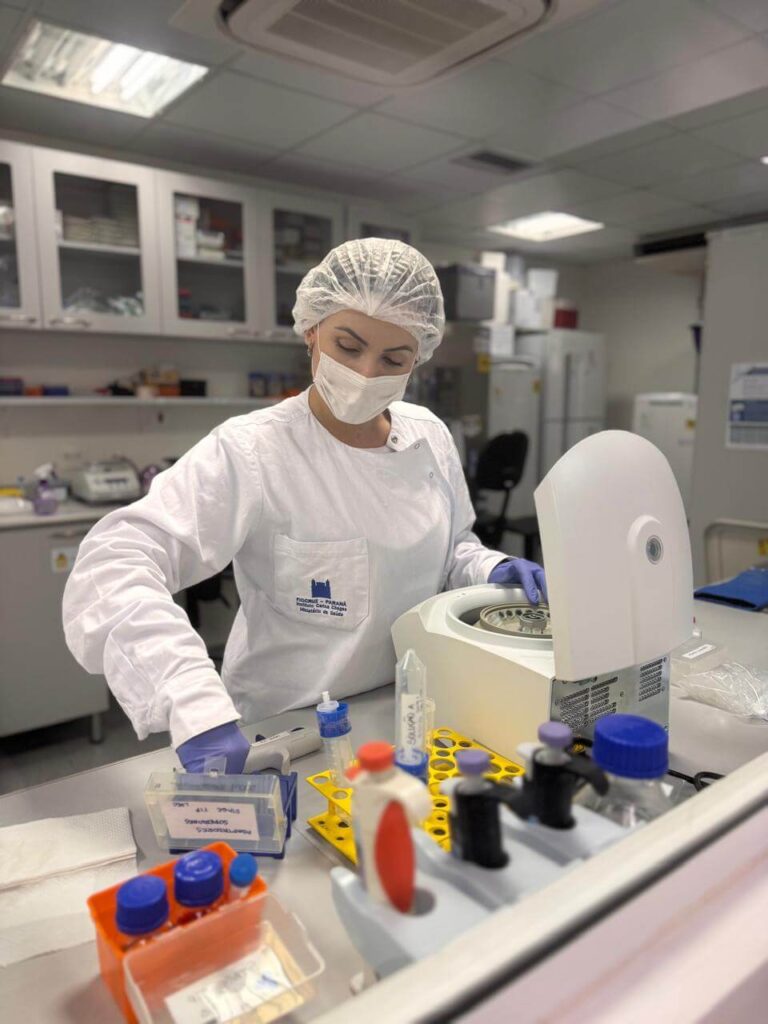The uneven sun exposure experienced by those who spend hours behind the wheel not only leaves visible marks on the skin but also causes molecular changes. A scientific study conducted by the Institut Pasteur de Montevideo (IP Montevideo) and the Oswaldo Cruz Foundation (Fiocruz, Brazil) analyzed a group of professional drivers and detected a higher abundance of proteins associated with skin aging on the side of the face more exposed to the sun. The finding, published in Scientific Reports and observed in a small sample of individuals, reveals an under-recognized occupational risk and may contribute to the design of prevention policies.
The research was carried out as part of Amanda Camillo de Andrade’s PhD, conducted under joint supervision by Dr. Rosario Durán (IP Montevideo) and Dr. Paulo Carvalho (Carlos Chagas Institute, Fiocruz-Paraná). The study also involved a binational team of researchers from both institutions.
Two Sides of the Same Skin

The epidermis, the outermost layer of the skin, is made up of cells that produce essential proteins for the protection and repair of tissue. When facing “skin stress” — such as prolonged sun exposure — these proteins are activated to defend and restore the skin.
In drivers, this activation occurs chronically and asymmetrically, leading to an imbalance in the regulation of certain proteins. Some of them appear in greater quantity on the more exposed side, reflecting the skin’s attempt to adapt or defend itself against sun damage.
Skin aging — manifested as wrinkles, loss of elasticity, and dark spots — is actually a visible marker of accumulated sun damage. This damage, in addition to causing premature aging, increases the risk of cellular mutations that can lead to skin cancer. This is especially concerning for drivers who are exposed to the sun daily, and for whom there are still no systematic controls or prevention measures.
In an initial study — funded by the cosmetic brand Vichy — samples were analyzed from male drivers using a technology developed by the team, called MS SkinPen. The second phase of the research included women as well, which allowed for the validation of the observed results.
This differential exposure allowed the team to compare the protein status of both sides of the face in the same person, avoiding inter-individual variation.
The developed tool consists of a small device that enables the collection of skin in a non-invasive and painless way, without the risk of contamination, and allows analysis using a device called a mass spectrometer, which identifies and measures the molecules in a sample. The technology is currently in the process of being patented. It also includes a storage system that preserves the material at low temperatures, ensuring its integrity.
Although the study participants were from Curitiba (Brazil), the results are particularly relevant for Uruguay, where ultraviolet radiation is stronger. For this reason, the researchers emphasize the need to implement sun protection measures in this type of profession.



